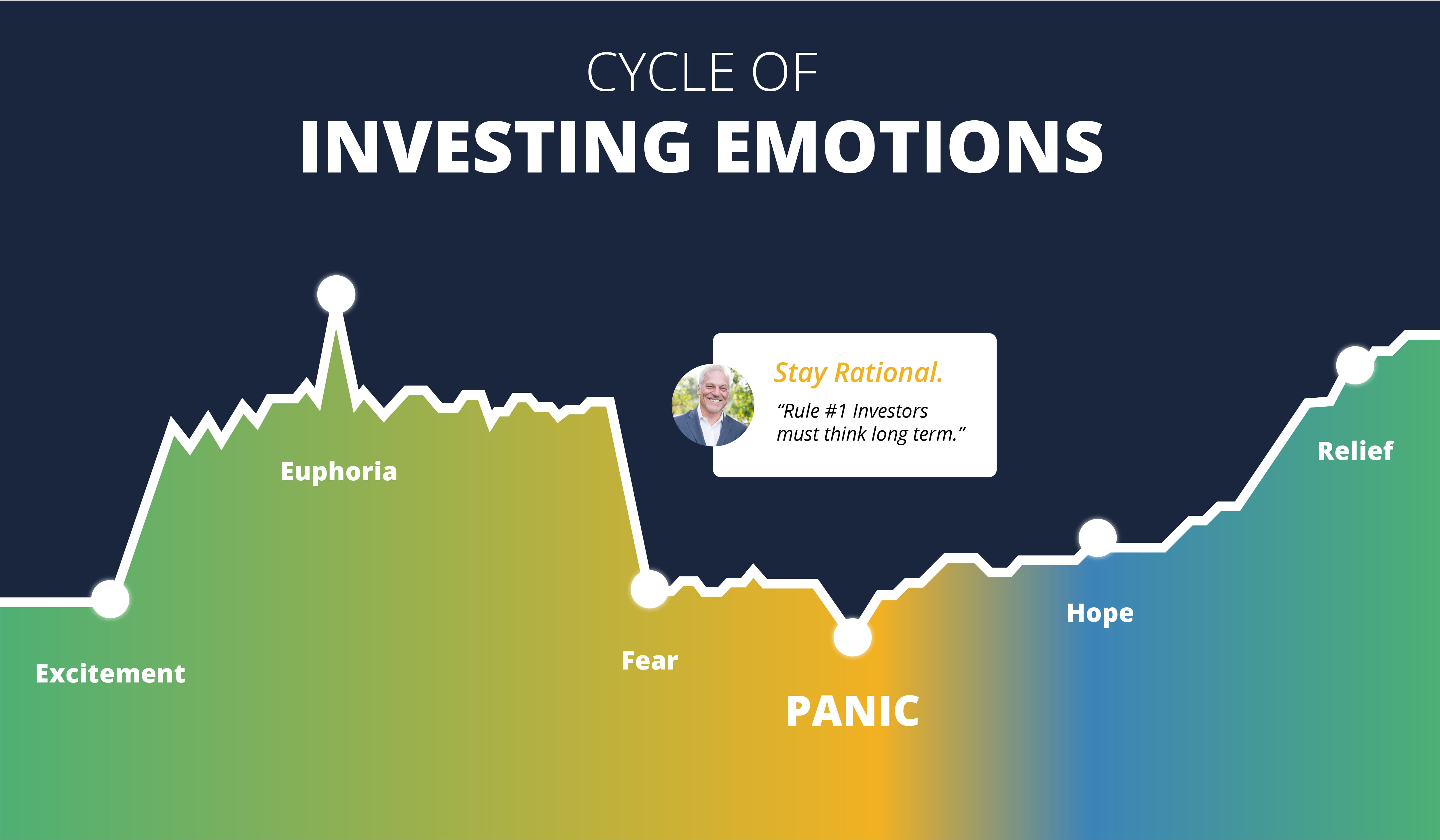
Forex fundamental analysis is an analysis of a currency pairing and the market trends that surround it. Analyzing the value of a currency requires that you consider many issues such as social and political issues. These issues have an impact on the demand and supply of security. This is one of two major approaches to forex analysis. Although many traders ignore fundamentals when trading currencies, they do affect long-term trends. Here are a few of the main reasons why you should pay attention to the fundamentals and make use of them when trading.
Interest rates
In Forex fundamental analysis, the interest rate is the most important factor. Interest rates that are rising encourage investment while those that are falling discourage it. The relationship between interest rate and currency prices is what defines macroeconomics. This is because it is the central mechanism through which central banks control economies. You can use Forex fundamental analysis to determine when you should invest and when you should stay away. Follow these two key factors to make the most of currency fluctuations.
The central bank's board decides the interest rate. A hike in interest rates will curb inflation, while a decrease will promote lending. To predict the direction of currency pairs, traders can also use interest rates data. The direction of interest rates can be predicted by using data such as the Consumer Price Index (CPI), the housing market, employment statistics and consumer spending. The likelihood of successful trades increases when you invest in currencies that have higher interest rates.

Inflation
Fundamental analysis is, in essence the study of social and economic factors that influence currency values. This makes sense as demand and supply are what determine currency's price and exchange rate. This will help you determine whether a currency worth buying or selling. Below are the most important considerations. Fundamental analysis, in addition to the demand, will also take into account factors like the number of products and services available on the market, economic indicators and geopolitics.
Forex traders pay attention to inflation as a key economic indicator. Inflation can cause major price and volume changes in currency pairs. The U.S. dollar's strength is a good example of this. Traders are most interested in the inflation rate. Because market expectations are more important than actual data, investors may bid up their currency versus its peers, which in turn may cause the stock markets to drop. Meanwhile, investors may also seek refuge in precious metals as they become a safer haven.
Figures for employment
The unemployment rate is one of the most important macroeconomic indexes, indicating the proportion of unemployed workers to the working-age population. It is hard to predict since the value declared often doesn't match the expected value. The nonfarm unemployment index, which is a measure nonfarm payrolls, is also published. However, the unemployment index is not 100% reliable because it tends to understate job losses in recessions and overstate gains during booms.
Pip Diddy's daily roundup is a good resource for current information about upcoming economic releases. Additionally, you can monitor economic releases before they happen. The Forex calendar is an essential tool for forex fundamental analysis because it shows the schedule of planned economic announcements on a daily basis. It isn't enough to simply look at the employment figures in order to predict how a currency will move. Fundamental analysis should not serve to forecast the future, but to anticipate where it will go.

Export prices
Export prices are an essential part of a country’s balance trade. Because they are sold to other countries, the value of the currency can be directly affected by export prices. They can also be used in fundamental analysis to indicate trends in international economic conditions. We will be discussing export prices as a tool for trading in this article. Export prices are the selling price for goods and/or services on an international marketplace. These are domestically produced, but they are exported to other countries for overseas consumption.
Fundamental analysis is based on the assumption that markets can be imperfect and that not all information is instantly available. Econometric models can be built to create equilibrium prices because of this assumption. These prices might indicate that current prices are not consistent with underlying economic conditions. Future prices will be likely to change accordingly. Although fundamental analysis does not replace technical analysis in any way, it can be an effective tool to determine the company's assets as well as liabilities.
FAQ
Do I need to know anything about finance before I start investing?
To make smart financial decisions, you don’t need to have any special knowledge.
You only need common sense.
These are just a few tips to help avoid costly mistakes with your hard-earned dollars.
First, be careful with how much you borrow.
Don't put yourself in debt just because someone tells you that you can make it.
You should also be able to assess the risks associated with certain investments.
These include inflation, taxes, and other fees.
Finally, never let emotions cloud your judgment.
Remember that investing is not gambling. To be successful in this endeavor, one must have discipline and skills.
These guidelines will guide you.
What if I lose my investment?
You can lose everything. There is no guarantee that you will succeed. But, there are ways you can reduce your risk of losing.
One way is diversifying your portfolio. Diversification helps spread out the risk among different assets.
You could also use stop-loss. Stop Losses allow you to sell shares before they go down. This decreases your market exposure.
You can also use margin trading. Margin Trading allows the borrower to buy more stock with borrowed funds. This increases your profits.
What are some investments that a beginner should invest in?
Beginner investors should start by investing in themselves. They should learn how to manage money properly. Learn how retirement planning works. Budgeting is easy. Learn how to research stocks. Learn how financial statements can be read. Avoid scams. Learn how to make sound decisions. Learn how diversifying is possible. Learn how to guard against inflation. Learn how to live within their means. Learn how to save money. This will teach you how to have fun and make money while doing it. It will amaze you at the things you can do when you have control over your finances.
Statistics
- 0.25% management fee $0 $500 Free career counseling plus loan discounts with a qualifying deposit Up to 1 year of free management with a qualifying deposit Get a $50 customer bonus when you fund your first taxable Investment Account (nerdwallet.com)
- As a general rule of thumb, you want to aim to invest a total of 10% to 15% of your income each year for retirement — your employer match counts toward that goal. (nerdwallet.com)
- They charge a small fee for portfolio management, generally around 0.25% of your account balance. (nerdwallet.com)
- An important note to remember is that a bond may only net you a 3% return on your money over multiple years. (ruleoneinvesting.com)
External Links
How To
How to invest In Commodities
Investing in commodities involves buying physical assets like oil fields, mines, plantations, etc., and then selling them later at higher prices. This process is called commodity trading.
Commodity investing is based upon the assumption that an asset's value will increase if there is greater demand. The price falls when the demand for a product drops.
You will buy something if you think it will go up in price. You don't want to sell anything if the market falls.
There are three major categories of commodities investor: speculators; hedgers; and arbitrageurs.
A speculator will buy a commodity if he believes the price will rise. He doesn't care what happens if the value falls. An example would be someone who owns gold bullion. Or someone who invests in oil futures contracts.
An investor who invests in a commodity to lower its price is known as a "hedger". Hedging can help you protect against unanticipated changes in your investment's price. If you own shares of a company that makes widgets but the price drops, it might be a good idea to shorten (sell) some shares. This means that you borrow shares and replace them using yours. The stock is falling so shorting shares is best.
The third type, or arbitrager, is an investor. Arbitragers trade one item to acquire another. For instance, if you're interested in buying coffee beans, you could buy coffee beans directly from farmers, or you could buy coffee futures. Futures enable you to sell coffee beans later at a fixed rate. You are not obliged to use the coffee bean, but you have the right to choose whether to keep or sell them.
You can buy something now without spending more than you would later. It's best to purchase something now if you are certain you will want it in the future.
Any type of investing comes with risks. Unexpectedly falling commodity prices is one risk. The second risk is that your investment's value could drop over time. These risks can be minimized by diversifying your portfolio and including different types of investments.
Taxes are also important. Consider how much taxes you'll have to pay if your investments are sold.
Capital gains taxes are required if you plan to keep your investments for more than one year. Capital gains taxes are only applicable to profits earned after you have held your investment for more that 12 months.
If you don't anticipate holding your investments long-term, ordinary income may be available instead of capital gains. On earnings you earn each fiscal year, ordinary income tax applies.
You can lose money investing in commodities in the first few decades. But you can still make money as your portfolio grows.